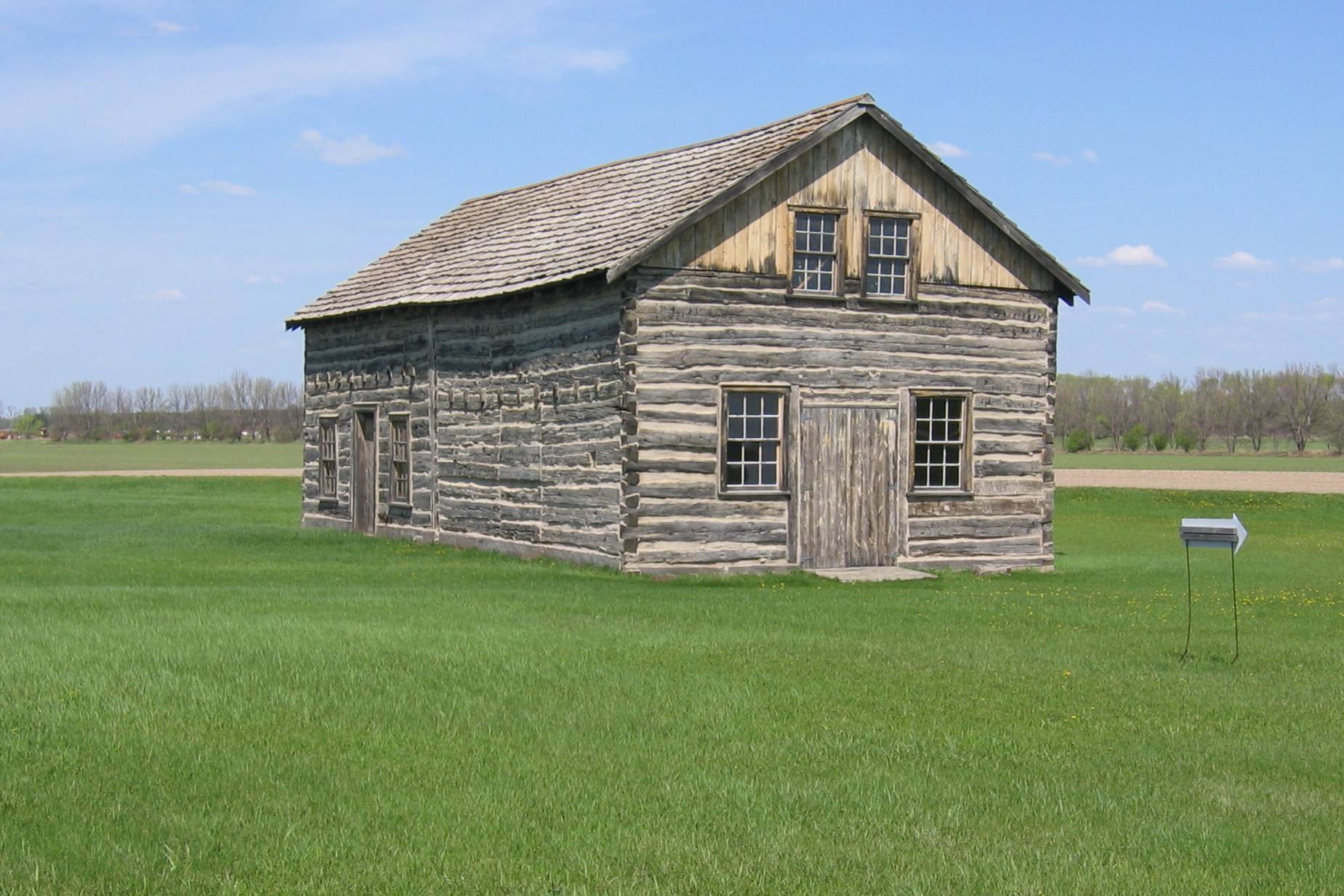Hidden Trading Posts Of Dakota Territory

Have you ever wondered about the hidden trading posts of Dakota Territory? These spots played a crucial role in the lives of early settlers and Native American tribes. They were more than just places to trade goods; they were hubs of culture and community. Imagine walking into a bustling trading post, where fur trappers, farmers, and Native Americans exchanged stories and items. These posts were essential for survival, providing everything from food to tools. Today, many of these historic sites remain hidden gems, waiting to be explored. Let's dive into the fascinating world of Dakota Territory's trading posts.
Hidden Trading Posts of Dakota Territory
The Dakota Territory, rich in history and culture, hides many trading posts that played crucial roles in the region's development. These posts were once bustling hubs of commerce, where traders, settlers, and Native Americans exchanged goods and stories. Let's uncover some of these hidden gems.
1. Fort Union Trading Post
Fort Union, located near the confluence of the Missouri and Yellowstone Rivers, served as a major fur trading post from 1828 to 1867. It was a meeting place for various Native American tribes and European traders. Today, it stands as a reconstructed site, offering a glimpse into the past.
2. Fort Pierre Chouteau
Fort Pierre Chouteau, established in 1832, became one of the largest trading posts in the region. It was named after Pierre Chouteau Jr., a prominent fur trader. The fort played a significant role in the fur trade and relations with the Lakota Sioux. Visitors can explore the remnants and learn about its history.
3. Fort Abercrombie
Fort Abercrombie, known as the "Gateway to the Dakotas," was established in 1857. It protected settlers and traders from conflicts with Native American tribes. The fort's strategic location along the Red River made it a vital trading post. Today, it serves as a historic site with exhibits and reenactments.
4. Fort Totten
Fort Totten, built in 1867, initially served as a military post but later became an Indian boarding school. The fort's buildings have been preserved, offering a unique look into the lives of soldiers, traders, and Native American students. It's a fascinating place to explore the complex history of the Dakota Territory.
5. Fort Sisseton
Fort Sisseton, established in 1864, was originally a military outpost. Over time, it evolved into a trading post and community center. The fort's well-preserved buildings and annual historical festivals provide a vivid picture of life in the Dakota Territory during the 19th century.
6. Fort Buford
Fort Buford, located near the confluence of the Missouri and Yellowstone Rivers, was established in 1866. It played a crucial role in the Indian Wars and served as a trading post for settlers and Native Americans. The fort's museum and reconstructed buildings offer a deep dive into its storied past.
7. Fort Rice
Fort Rice, founded in 1864, was a key military and trading post along the Missouri River. It provided protection for settlers and facilitated trade with Native American tribes. The site now features interpretive signs and remnants of the original fort, making it a great spot for history enthusiasts.
8. Fort Ransom
Fort Ransom, established in 1867, served as a military post to protect settlers from Native American attacks. It later became a trading post and community hub. The fort's location in the scenic Sheyenne River Valley makes it a beautiful place to visit and learn about its history.
9. Fort Stevenson
Fort Stevenson, built in 1867, was a military post that also functioned as a trading center. It played a significant role in the settlement of the Dakota Territory. The fort's museum and reconstructed buildings offer a glimpse into the lives of soldiers and traders during that time.
10. Fort Yates
Fort Yates, established in 1874, served as a military post and later became the headquarters for the Standing Rock Indian Reservation. It was an important trading post and center for interactions between settlers and Native Americans. The site now features historical markers and exhibits.
11. Fort Berthold
Fort Berthold, located near the Missouri River, was established in 1845 as a trading post for the American Fur Company. It became a key location for trade with the Mandan, Hidatsa, and Arikara tribes. The fort's history is preserved through exhibits and interpretive signs.
12. Fort Sully
Fort Sully, founded in 1863, was a military post that also served as a trading center. It played a crucial role in the settlement of the Dakota Territory and interactions with Native American tribes. The site now features historical markers and remnants of the original fort.
13. Fort Randall
Fort Randall, established in 1856, was a military post that protected settlers and facilitated trade along the Missouri River. It played a significant role in the Indian Wars and the development of the Dakota Territory. The fort's museum and reconstructed buildings offer a fascinating look into its history.
Discovering the Hidden Trading Posts
Exploring the hidden trading posts of Dakota Territory offers a glimpse into a rich past. These spots were more than just places to trade goods; they were hubs of culture, stories, and connections. Visiting them today, you can almost hear the echoes of bustling markets and see the vibrant exchanges that once took place.
Each trading post has its own unique charm and history. From the bustling markets of Fort Pierre to the quiet remnants of Fort Union, these sites tell the story of a time when the Dakota Territory was a frontier of opportunity and adventure.
Whether you're a history buff or just looking for a unique travel experience, these hidden gems are worth the trip. They remind us of the importance of trade, community, and the human spirit's drive to explore and connect.

